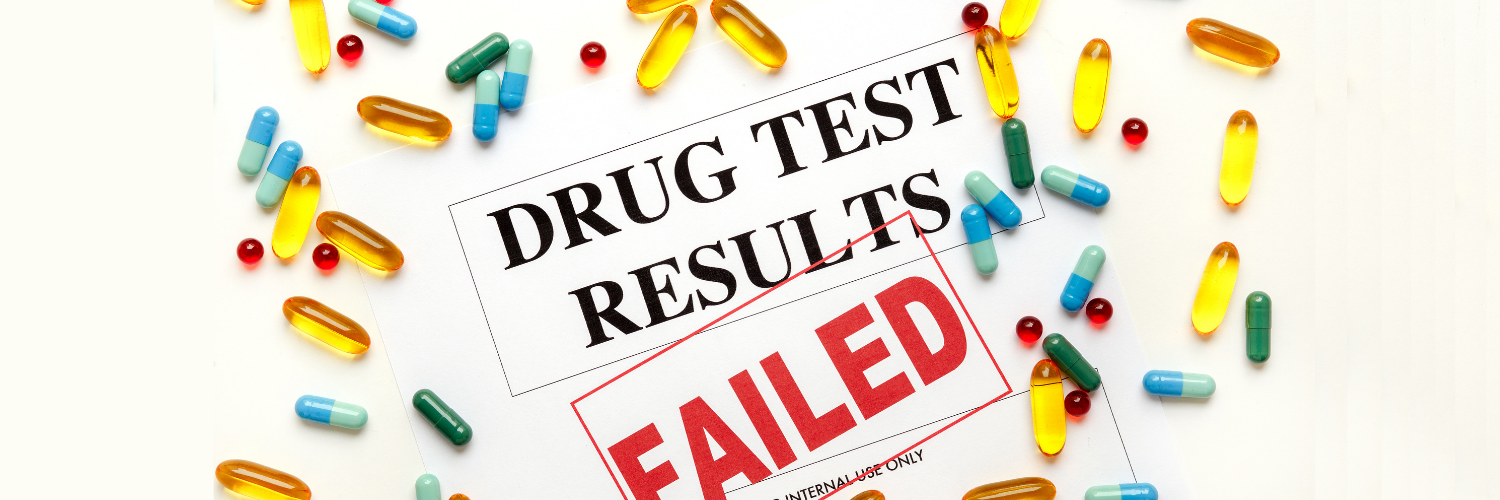The Medicare donut hole closed. Will the coverage gap closing actually save enrollees money?

The Medicare coverage gap, informally known as the “donut hole,” ostensibly closed at the end of 2019. But is the coverage gap really gone? Short answer: yes. Perhaps a more important question is if the hole’s closing will actually cut costs for Medicare beneficiaries. In this case, the short answer is: maybe not.
As originally planned in the Affordable Care Act, also known as Obamacare, the ‘donut hole’ - a gap in coverage that caused Medicare enrollees to pay through the nose for prescription drugs - has been slowly but surely closing according to schedule. Obamacare pledged to close the gap by 2020 via escalating coverage.
Now, with the gap “closed,” beneficiaries will only be responsible for 25% of both brand and generic drugs costs. But catastrophic coverage kicks in at $6,350 in 2020 instead of the $5,100 in 2019, so the financial relief may be fleeting. Once in catastrophic coverage, beneficiaries only pay 5%.
Here’s a breakdown of the changes:
Medicare Coverage Changes 2020 |
|
| Then (2011 - 2019) | Now (2020) |
| DEDUCTIBLE | |
| Enrollees paid full costs until the deductible kicked in, except for the plans with no deductible. | Enrollees pay full costs until the deductible kicks in ($435 in 2020), except for the plans with no deductible. |
| INITIAL COVERAGE | |
| During the initial coverage period of Medicare Part D plans, enrollees had always been responsible for paying 25% of covered medications. | No change. |
| COVERAGE GAP (AKA THE “DONUT HOLE”) | |
| During the coverage gap, enrollees were once responsible for 100% of their costs! Back in 2006, the coverage gap was $2,250 - $3,600. In 2019, the coverage gap was $3,820-$5,100. As the gap closed, in 2019, enrollees were responsible for 25% of brand name drug costs and 37% of generic drug costs. | The gap is effectively closed because, during the coverage gap, enrollees are responsible for 25% of drug costs (both brand and generic). But enrollees will stay in this phase in the marked “coverage gap” in 2020 from $4,020 - $6,350. |
| CATASTROPHIC COVERAGE | |
| In 2019, Once an enrollee met $5,100 of out-of-pocket spending, and total spending reached $8,140, catastrophic coverage took over and enrollees were responsible for 5% of drug costs. | In 2020, once an enrollee meets $6,350 of out-of-pocket spending, catastrophic coverage takes over and enrollees are responsible for 5% of drug costs. |
| WHAT SPENDING COUNTS FOR CATASTROPHIC COVERAGE? | |
| Pre 2011, only the amount an enrollee paid out-of-pocket went toward meeting the “catastrophic coverage” point. | The amount an enrollee pays plus the discount from the manufacturer both go toward meeting the “catastrophic coverage” point. * The amount is what you have paid, not the total drug costs that you and your plan have paid. |
[tap_native_ads]
The Medicare Coverage Gap was always going to close at 25%
The original sin of the “donut hole,” back before the ACA, was that, after the initial coverage period, 100% of your prescription drug bill rested in your own wallet. Once you reached a certain amount of spending on prescription drugs (that number in 2020 is $6,350), coverage for the “catastrophic period” would kick in, and you would then only be responsible for 5% of your pharmacy bill. Millions of people reached that gap each year. In 2016, 5.2 million Medicare beneficiaries without low income subsidies reached the donut hole, up from 3.8 million in 2007, according to research from the Kaiser Family Foundation.
In 2019, Medicare enrollees were expected to pay 25% of the cost of a brand name prescription and 37% of the cost of a generic prescription. As of 2020 – the year the ACA was meant to meet its goal – enrollees will only be tasked with 25% of the cost of both generic and brand name drugs. To boot, the amount the enrollee pays plus the discount from the manufacturer will both go towards meeting the “catastrophic coverage” point. When a person reaches “catastrophic coverage,” as always, they need only pay 5% of the cost of prescription drugs.
Does this mean I will still have to pay through the nose for prescription drugs?
Maybe not. But it is true that, as coverage in the gap increases, the gap itself appears to be growing.
In 2020, the total out-of-pocket cost an enrollee will have to meet for catastrophic coverage is $6,350. This is a 24% leap from the $5,100 one would have had to reach in 2019, and a 76% leap from the $3,600 mark back in 2006. In contrast, the dollar figure at which an enrollee meets the gap has not moved as much. In 2019, one had to pay $3,820 in out-of-pocket costs before reaching the gap. In 2020, that number moved to $4,020, a mere 5% percent jump. So, even if you pay a lower percentage of your prescription costs, you may have to spend more time in the gap itself.
What about the provision that the manufacturer discount goes toward out-of-pocket spending?
Part of the ACA’s plan to close the gap mandated that the discount provided to you by the manufacturer would go toward your total out-of-pocket spending. This meant that even if you spent 25% of the total cost of the drug, 95% of the cost would go toward meeting catastrophic coverage. It was one way to ensure enrollees left the gap sooner rather than later. In a 2019 budget proposal, the Trump administration suggested removing this discount, instead placing the onus on Medicare plans themselves to help get beneficiaries out of the gap. The proposal states:
“The changes in the catastrophic phase would shift more responsibility onto plans, creating incentives for plans to negotiate with manufacturers to lower prices for high cost drugs.”
Per Medicare.gov, this provision is not yet in effect.
What happens when I meet catastrophic coverage?
When you meet the out-of-pocket cost of $6,350, you need only pay 5% of the cost of your prescription drug plus whatever copay you would have paid anyway. Per research from the Kaiser Family Foundation, in 2017, only 1 million out of the 4.9 million people who reached the coverage gap also reached the catastrophic coverage phase. (Data for 2018 and 2019 is not yet available.) So, roughly 20% of those in the gap eventually get out of it. With the bump in the threshold, this percentage may become smaller.
How can I save money on prescription drugs when I am in the donut hole?
Bear in mind, first of all, that when you are on Medicare Part D, you cannot use certain drug discount coupons. You may find that certain drug discount coupons provide an even bigger discount for your prescription than Medicare’s 75% coverage. Ask your pharmacist if you can pay cash for the drug if the price is right. This includes benefits like the U.S. Prescription Discount Card, which can get you savings as high as 97%.
When you cannot afford your medicine locally, a PharmacyChecker-accredited international online pharmacy may sell the same drug at a much lower price. However, the cost of filling a prescription outside the U.S. will not be counted toward your deductible or out-of-pocket spending to reach catastrophic costs
Whatever you decide: Always remember to do your research. It’s not always easy, but you’ll need to do some number crunching.
Are there plans to fully cover the gap for good?
No, but a bill introduced in 2019 proposed a cap in total out-of-pocket spending for Medicare beneficiaries. The Prescription Drug Pricing Reduction Act (PDPRA) of 2019 seeks to reach a point at which Medicare beneficiaries have no out-of-pocket spending at all. Fingers crossed.
Learn more about Medicare and ways to afford your prescription drug bill
How would Medicare For All affect my health insurance?
I'm in the Medicare donut hole. What now?
How can patients reduce prescription drug costs at the pharmacy counter?
Do you have questions or concerns about prescription drug savings, whether locally or online? We’re here to help.
Comment below or ask a question by logging in to My PharmacyChecker.





Example: For a tier 3 drug with a three-month full cost of $600 you have a copayment of $141 in the initial phase, and in the coverage gap you pay 25%, or $150. If you have only $300 left in the initial phase the other half of the cost falls into the coverage gap. In that case you will pay the full copayment of $141 plus 25% of the remaining $300 which adds up to $141 + $75 = $216, which is substantially more than if you had been fully within one or the other phases.